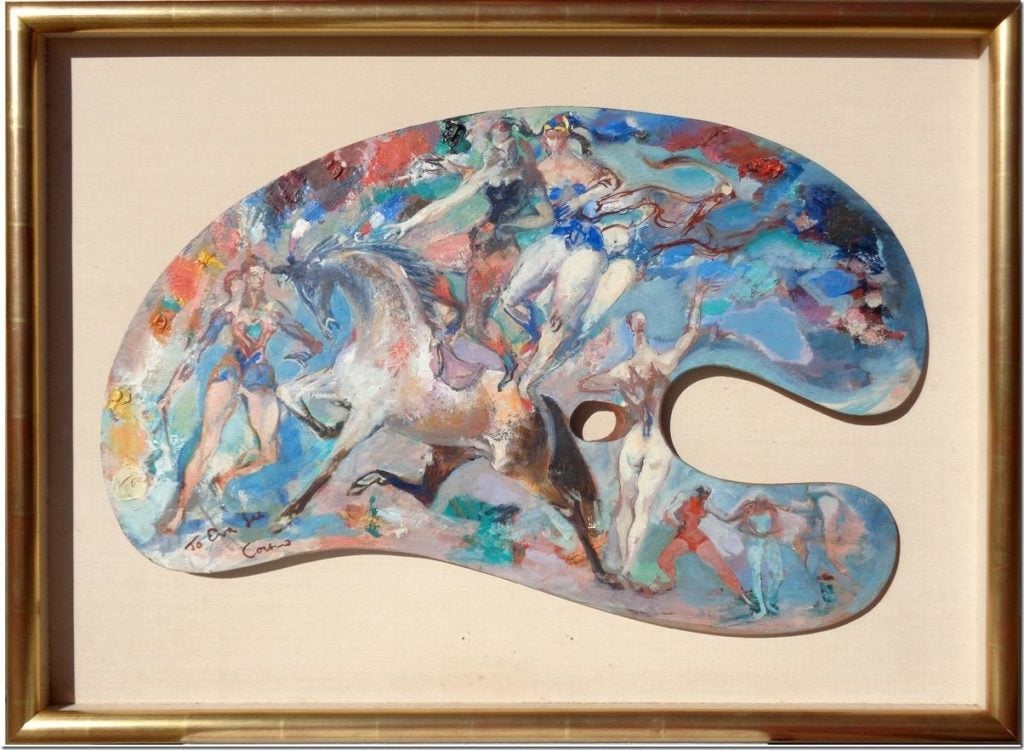Elements Of Painting
High-quality spray paints are great for creating special effects such as stone, crackle, and glow-in-the-dark, plus glitter, metallic, and chalky effects. Our affordable kids’ and classroom paint sets for beginning artists, classrooms, schools, and other learning environments include watercolor and tempera paint sets, and student-grade acrylics. Pigments and metallic powders can be added to many paints to create new colors and effects. Blick offers many choices of acrylic paint mediums, oil paint mediums, and watercolor paint mediums for adding texture and structure, creating special effects, or for retarding, extending, or increasing paint flow. We also have a variety of gessoes, primers, and grounds for preparing painting surfaces for acrylic paint, oil paint, and pastels.
History
Modern artists have extended the practice of painting considerably to include, as one example, collage, which began with Cubism and is not painting in the strict sense. Some modern painters incorporate different materials such as metal, plastic, sand, cement, straw, leaves or wood for their texture. There is a growing community of artists who use computers to “paint” color onto a digital “canvas” using programs such as Adobe Photoshop, Corel Painter, and many others. Contemporary art is defined as the art of today, created in the late 20th and early 21st Century. It is characterized by its global nature, the diversity of cultures it represents and the influence of technology and the digital age.

Spray Paint
Acrylic paints can be diluted with water, but become water-resistant when dry. The main practical difference between most acrylics and oil paints is the inherent drying time. Oils allow for more time to blend colors and apply even glazes over under-paintings. This slow drying aspect of oil can be seen as an advantage for certain techniques, but may also impede the artist’s ability to work quickly.
They are engraved and painted using red ochre and black pigment, and they show horses, rhinoceros, lions, buffalo, mammoth, abstract designs and what are possibly partial human figures. However, the earliest evidence of the act of Interior Painting Brisbane has been discovered in two rock-shelters in Arnhem Land, in northern Australia. In the lowest layer of material at these sites, there are used pieces of ochre estimated to be 60,000 years old. Archaeologists have also found a fragment of rock painting preserved in a limestone rock-shelter in the Kimberley region of North-Western Australia, that is dated 40,000 years old. There are examples of cave paintings all over the world—in Italy, France, Spain, Portugal, China, Australia, Mexico, etc.
Pastel is a painting medium in the form of a stick, consisting of pure powdered pigment and a binder. The pigments used in pastels are the same as those used to produce all colored art media, including oil paints; the binder is of a neutral hue and low saturation.
In Western cultures, oil painting and watercolor painting have rich and complex traditions in style and subject matter. In the East, ink and color ink historically predominated the choice of media, with equally rich and complex traditions. Rhythm, for artists such as Piet Mondrian, is important in painting as it is in music.
They may also be assisted by financial awards or commissions from industry and the state. They have, however, gained the freedom to invent their own visual language and to experiment with new forms and unconventional materials and techniques. For example, some painters have combined other media, such as sculpture, with painting to produce three-dimensional abstract designs. Other artists have attached real objects to the canvas in collage fashion or used electricity to operate coloured kinetic panels and boxes. Conceptual artists frequently express their ideas in the form of a proposal for an unrealizable project, while performance artists are an integral part of their own compositions.
Painting, the expression of ideas and emotions, with the creation of certain aesthetic qualities, in a two-dimensional visual language. The elements of this language—its shapes, lines, colours, tones, and textures—are used in various ways to produce sensations of volume, space, movement, and light on a flat surface. These elements are combined into expressive patterns in order to represent real or supernatural phenomena, to interpret a narrative theme, or to create wholly abstract visual relationships. The choices of the medium and the form, as well as the artist’s own technique, combine to realize a unique visual image.
